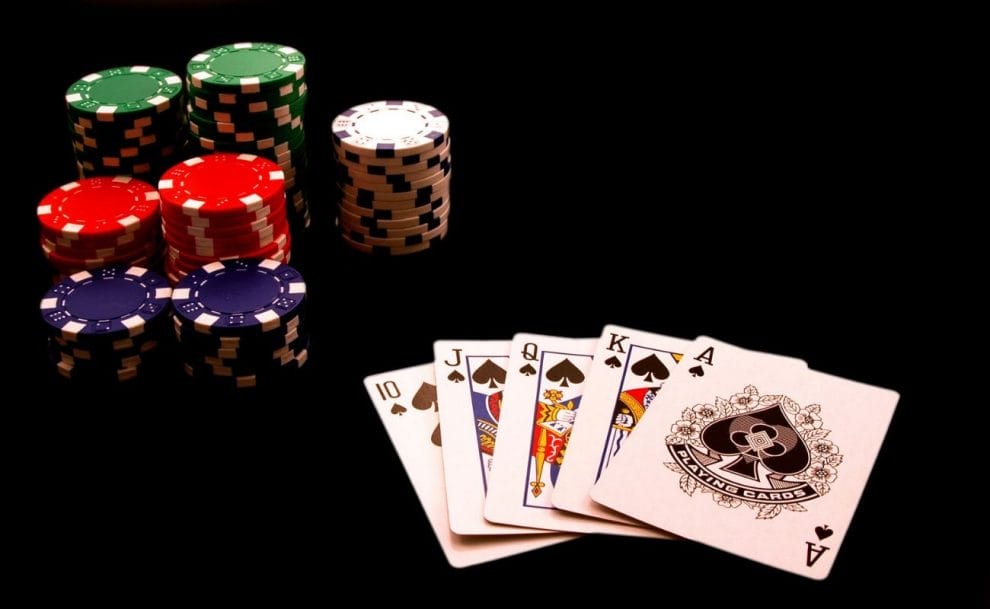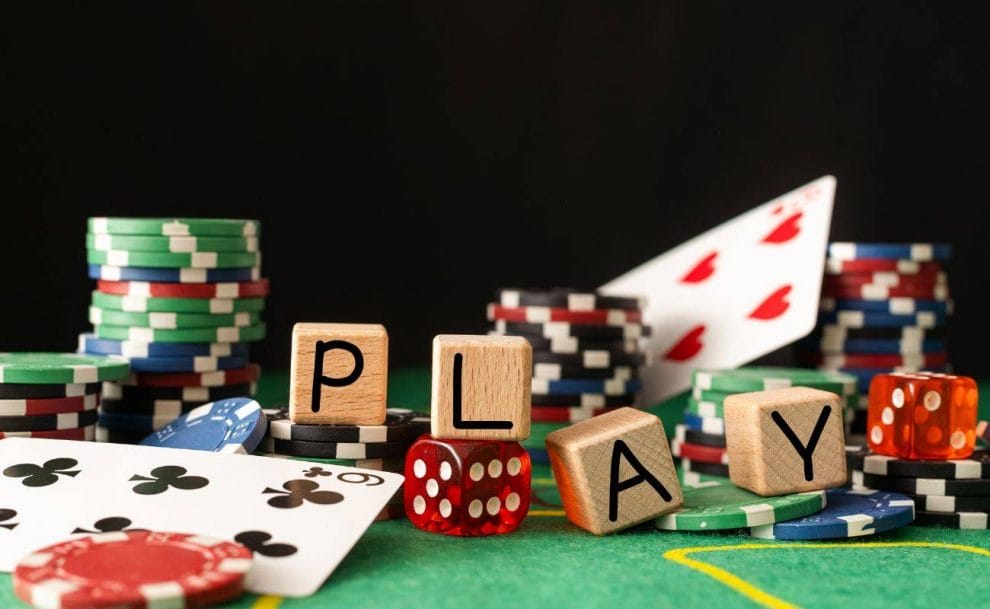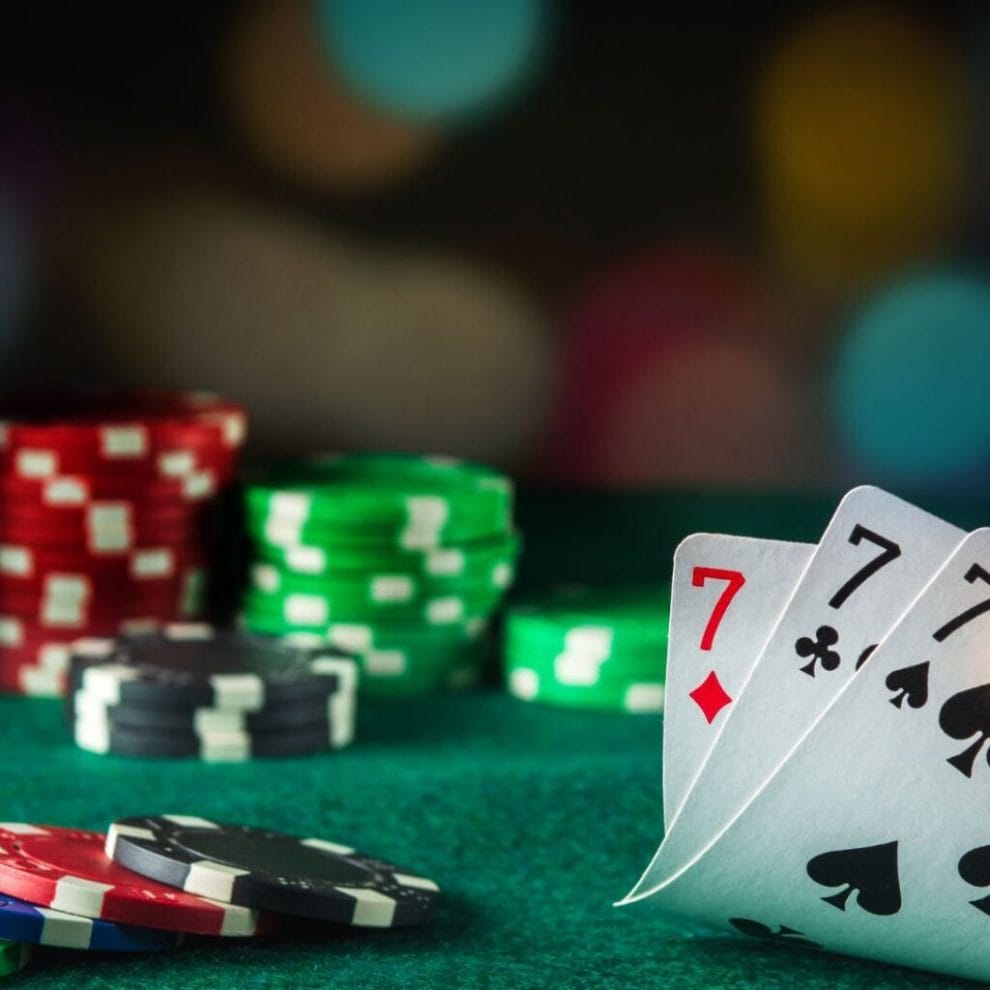
At some point, every online poker player is forced to act with a short stack. It’s an uncomfortable moment because you just don’t have enough chips to speculate. You have to stare the prospect of ruin in the face and be bold, decisive, and aggressive. Or you could simply accept defeat. Which is it to be? It all depends on your poker strategy. Take a closer look at how to play poker when your stack is too short for comfort.
Short Stack Categories
What exactly does it mean to be short stacked? You might think it means you have the least chips of any players at the table, but you’d be wrong. A stack is considered short when it represents a number of big blinds (BBs) below a certain threshold. Short stacks fall into three categories: Between 20–30 BB, between 10–20 BB, and fewer than 10 BB. It’s important to know how to adjust your poker strategy for each category, especially when you’re participating in online poker tournaments. That’s because, as the blinds increase and the ante kick in, you’ll almost inevitably find yourself with a stack that’s on the short side. As a result, it makes sense to approach each category with a view to crafting a successful poker tournament strategy.
20–30 BBs
So you’re in a poker tournament, and your stack is reduced to the point that it only represents 20–30 BB. What do you do? The most important adjustment is to start playing with a tight, aggressive poker range. That means no more speculative hands. Straights and flushes are no longer worth chasing because they usually take two or three streets to hit. As a result, you have to endure two or three rounds of post-flop betting, which could chew up half your stack with no guarantee that you’ll connect with the board. Similarly, the time for nuanced check raising is over.
Now, what hands do you play? Abandon your mid-range suited connectors and focus on holdings that could dominate if you connect. This range of hands includes strong pocket pairs (jacks or better), ace with 10 kicker or better, or two Broadway cards (10, jack, queen, king, or ace). If you’re in late position and the table dynamics lead you to believe you can see the flop for three BBs or less, you can consider set mining with middle pocket pairs (6-6 through 10-10).
As for bluffing, it’s totally off-limits when your stack is short, as you simply don’t have enough chips to set up a bluff with a suitable series of bets. Also, if your stack is shorter than those of the other players, you’re unlikely to terrorize anyone into folding. Another waste of chips is to call with a weak hand from the big blind. Instead, make the bigger stacks pay when they chase speculative hands.

10-20 BB
When your stack diminishes to 10–20 BB, further adjustments are in order. The first is to play with an even tighter aggressive poker range. Leave off set mining with small and middle pocket pairs. This is only likely to happen once for every eight pairs, so you can easily lose a significant chunk of your stack chasing trips. At the same time, ramp up the preflop aggression. At this point, you only want to be playing premium hands, and when you get one, you want to go big. If your normal preflop raising range is 2–3 BB, increase it to 4–5 BB. Why? Your opponent will see you’re unafraid to risk a quarter of your stack preflop. You’re openly representing strength, maybe even preparing for a poker shove. In many cases, this aggression will induce opponents to fold rather than see the flop.
Ideally, you want to be heads-up after the flop. Say you’re holding ace-king suited. This will beat ace-jack suited in approximately 70 percent of cases. However, this margin drops to 47 percent if a third player calls with queen-10 unsuited, so it pays to scare off as many opponents as you can. It doesn’t matter so much if you’re out of position postflop. In fact, it gives you a chance to go all in and give your opponent the opportunity to fold.
What you really want to avoid in this scenario is limping. It might enable you to see the flop for cheap, but it doesn’t build the pot, and you want a meaningful pot to rebuild your stack. You want to double up, not play for 4–6 BB, which is all you’ll get from a limped pot. Also, the more players who limp in, the lower the chances that your hand will be the strongest. There’s also the risk that someone will scoop the pot with a re-raise, which is just what a big blind coming in after three limpers is liable to do.
Another tactic to pursue when your stack is in 10–20 BB territory is to steal the blinds — but do so with caution. Weigh up whether the reward warrants the risk. Say you’re on the button with a 15 BB stack, and the action folds to you. A shove could induce the blinds to fold, but if they call and your hand is marginal, you could find yourself out of the tournament for the sake of trying to scoop a couple of blinds. Rather, be patient and evaluate the situation.
1–19 BB
When you’re down to 10 BB or less, your options are vastly reduced. Preflop, you’re either going to fold or you’re going to commit your stack to a poker shove. Once you reach this stage (10 BB or less), your only options are to fold or shove preflop. If you’re on 5–10 BB, you can fold until you’re dealt something strong, which would be pocket jacks or, better, ace-king or ace-queen. If you’re on 5 BB or below, your best option is to go all-in with anything better than junk and hope that luck’s on your side.

Enjoy Borgata Online Poker
Want to discover all the secrets of poker? Borgata Online has everything you need to up your game. Join in daily, weekly, and monthly poker tournaments, or put your deep stack poker strategy to work in cash games. Register for a premium gaming experience on a smartphone or desktop.
